The Poly
24 Church St, Falmouth : 01326 319461
The Royal Cornwall Polytechnic Society
What's On Calendar
Have a look at the calendar text here to see what's coming up.
Search results // royal
Your returned search results are below.

Howard Spring
Marion Howard Spring wrote in her memoir "Howard":
"When we moved to Falmouth, Howard became very much interested in the doings of the Royal Cornwall Polytechnic Society. It was housed in an old building which became a centre of the arts - drama, opera, ballet, painting, etc., and money was much needed for the upkeep of the place. .....the Polly, as it was always affectionately termed."
Read more here:Howard Spring: The Plays
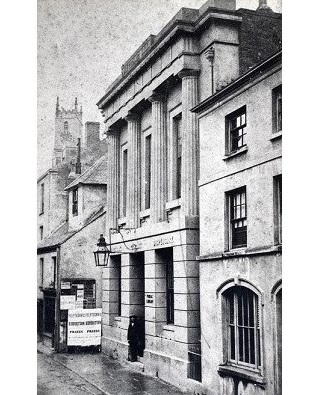
Howard Spring and the Royal Cornwall Polytechnic Society
Howard Spring joined the RCPS shortly after he moved to Cornwall in 1939. During the war, the Society continued to put on lectures, but faced difficulties including the threat of requisition of the premises (in 1939 a detachment of Royal Engineers made use of the Hall for about 8 weeks; potential use by both the British and American Navy was reported in 1943 and 1944).
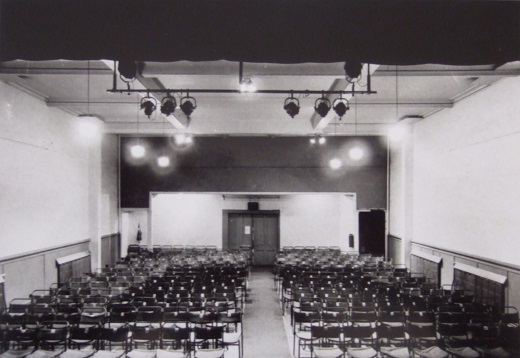
The Poly in the time of Howard Spring
When Howard Spring joined the RCPS in 1940, it was a Society of 217 members. The Church Street building was owned by the Society, but parts of it were sub-let. There was a Library and the Falmouth Museum was housed in the gallery above the Large Hall and in the Chellew Room. A caretaker was employed.
Elsewhere in Falmouth the Society ran a Meteorological Observatory. The focus of the Society as reflected in the Annual Reports of the 1940's was Cornwall wide, not only Falmouth, with lectures, visits, an essay competition, weather reporting, a library and museum.
Read about Howard Spring's involvement with The Poly here.
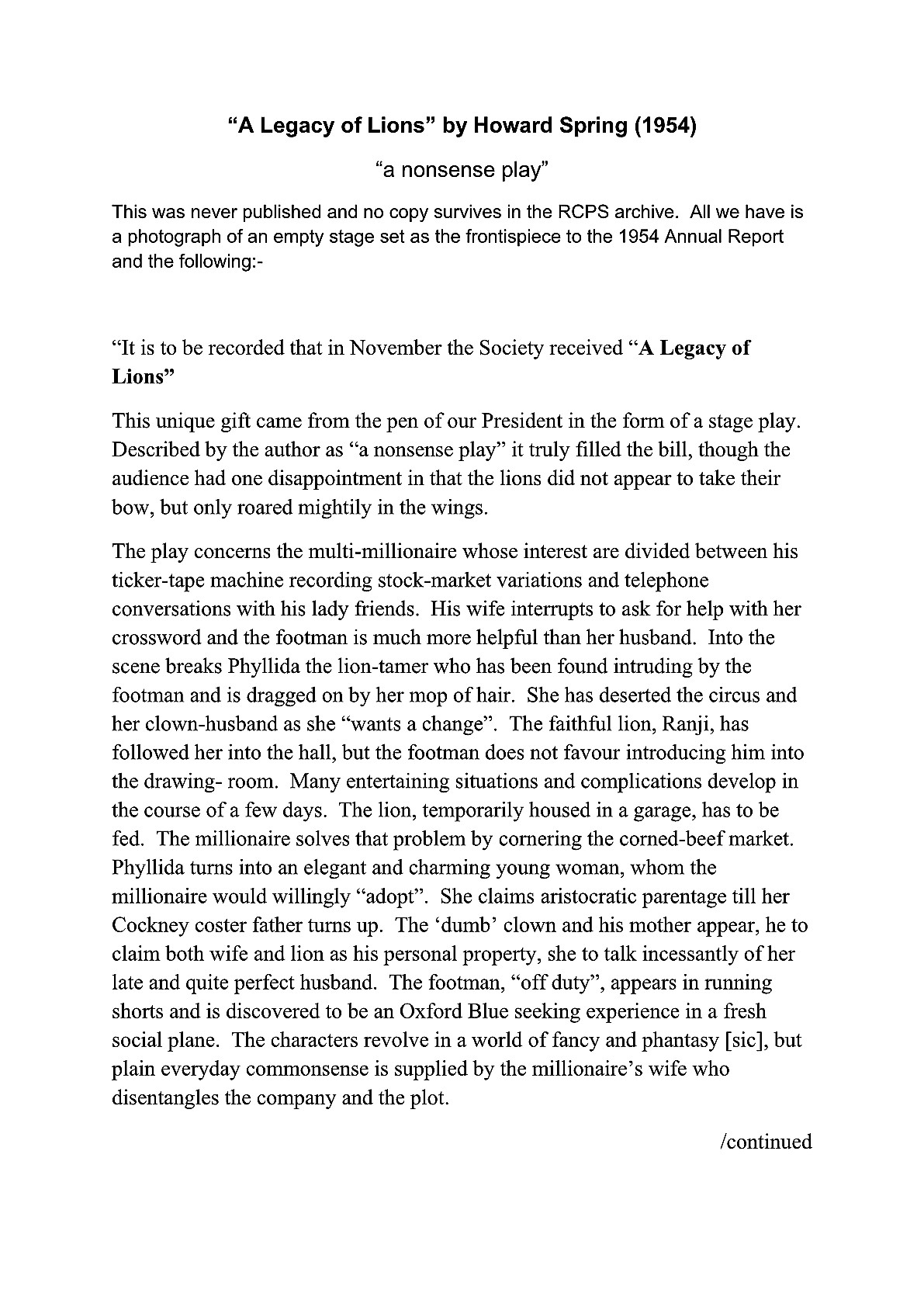
A Legacy of Lions
“It is to be recorded that in November the Society received “A Legacy of Lions”
This unique gift came from the pen of our President in the form of a stage play. Described by the author as “a nonsense play” it truly filled the bill, though the audience had one disappointment in that the lions did not appear to take their bow, but only roared mightily in the wings.
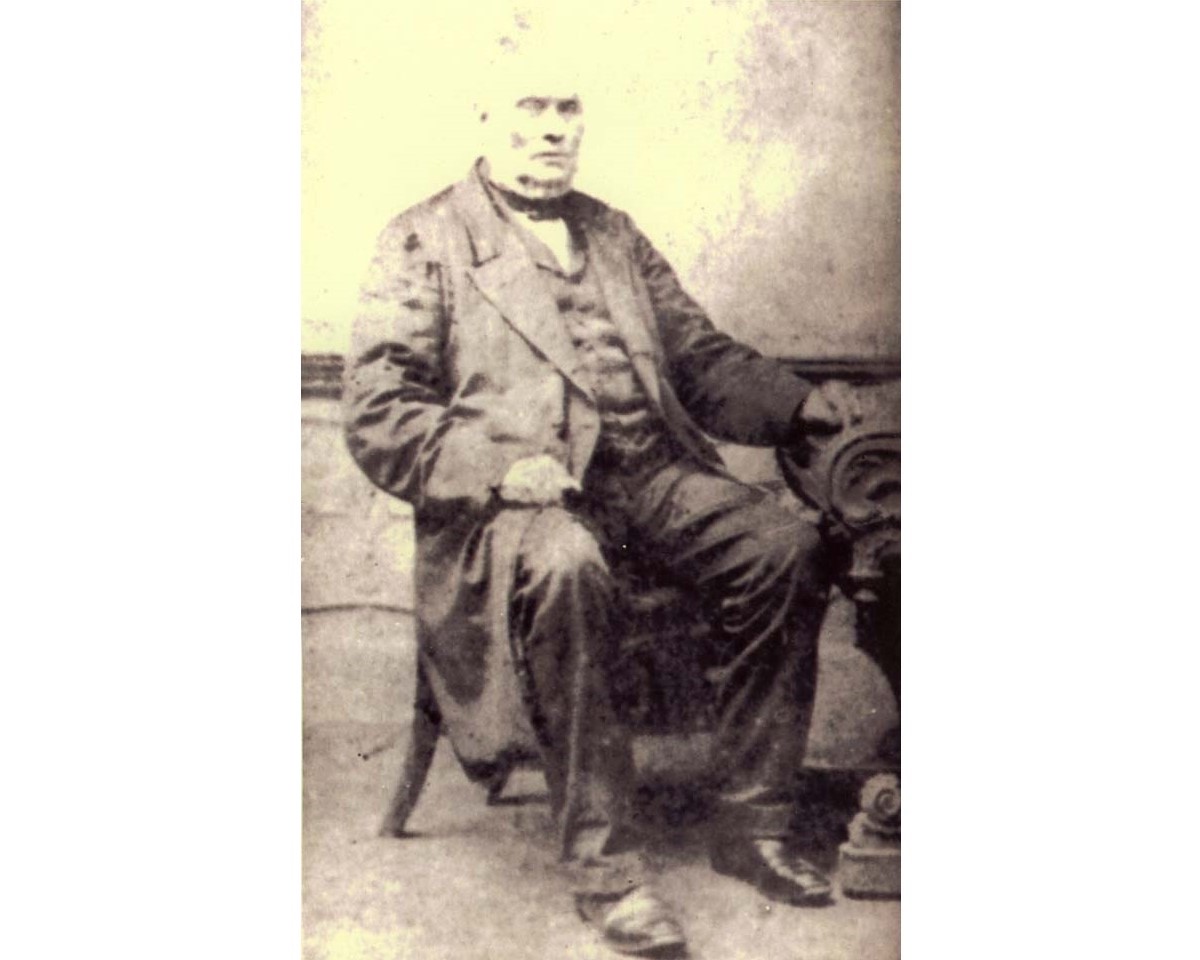
Michael Loam Inventor of the Man Engine
Michael Loam, ca 1860s, Tresavean Mine Engineer and inventor or developer of the Man Engine, was born on the 1st November 1797 at Ludgvan, Cornwall. He died on the 14th July 1871 and was buried in Gwennap churchyard.
He built the first Cornish Man Engine at the Tresavean mine in Gwennap Parish in 1842, adapted from a German design, to win a competition sponsored by the Royal Cornwall Polytechnic Society. After a successful trial period, the Tresavean Mine's Directors gave the go ahead to extend down to the 248 fathom level, the first of 16 such engines to be built in Cornwall.
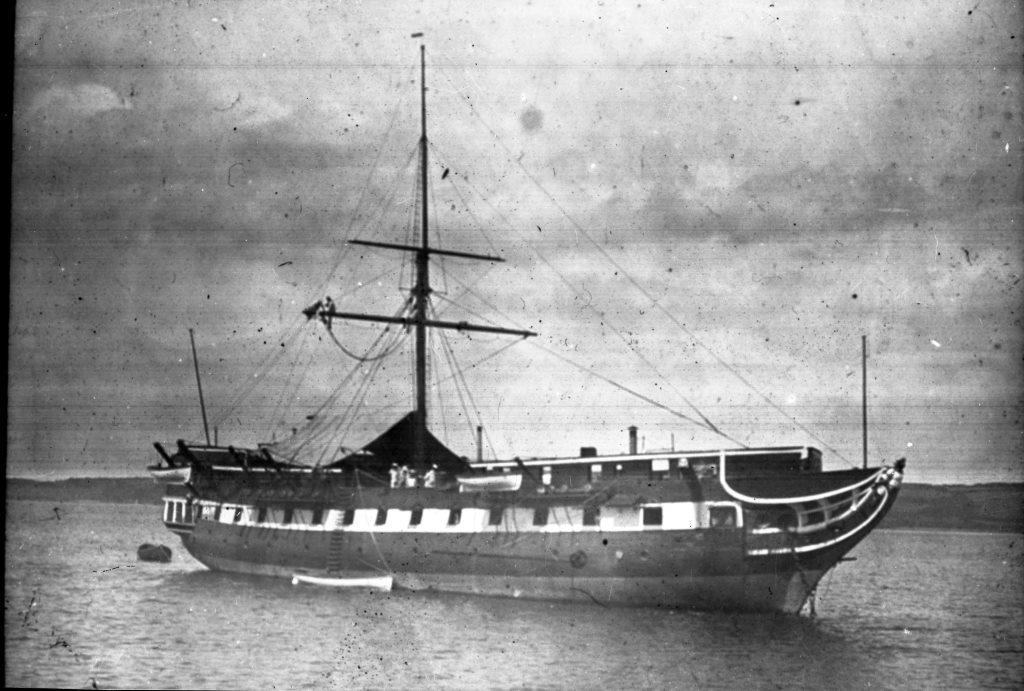
Foudroyant Falmouth 1900
Foudroyant, built of teak in Bombay, was launched as HMS Trincomalee, a Leda class frigate of the Royal Navy, on 12 October 1817.
She was sold for scrap in 1897 and bought by Geoffrey Wheatley-Cobb.
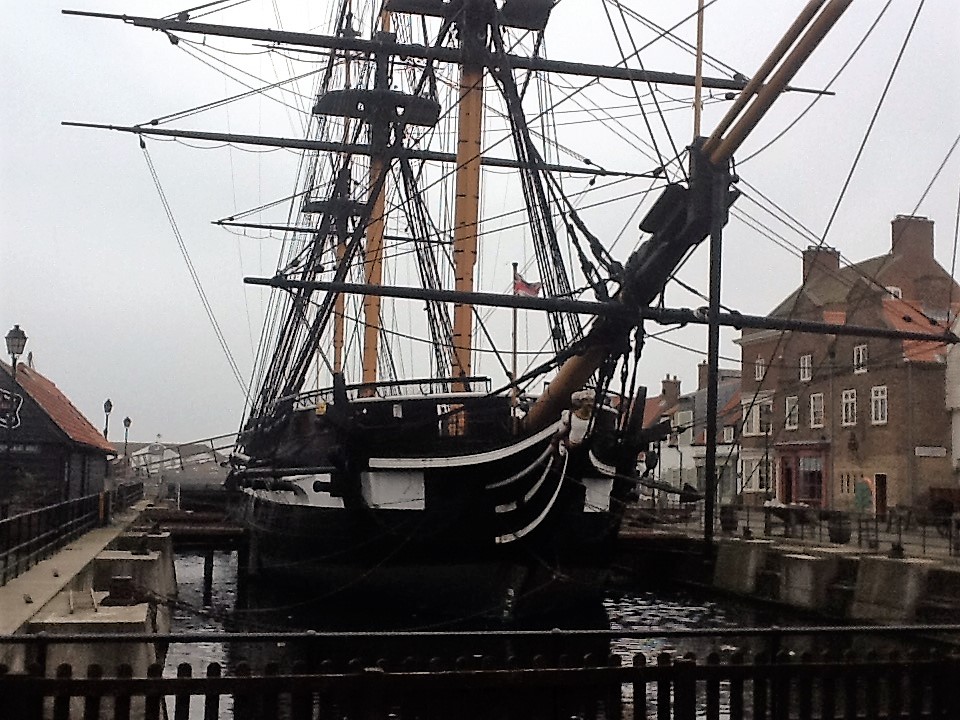
Trincomalee
Foudroyant was renamed back to Trincomalee in 1992, and now lies afloat, fully restored at the National Museum of the Royal Navy at Hartlepool.
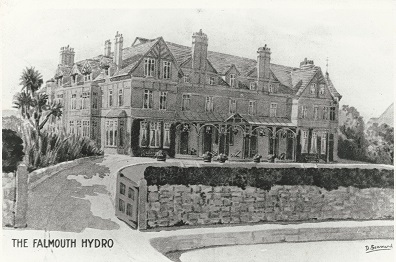
8 - Royal Duchy Hotel, formerly the Pendennis Hotel
Originally named the Pendennis Hotel when built in 1893. In 1915 it was taken over by the
War Department for use as a military hospital. Many of the staff were from Red Cross Voluntary Aid Detachments. After the War it became the Falmouth Hydro.
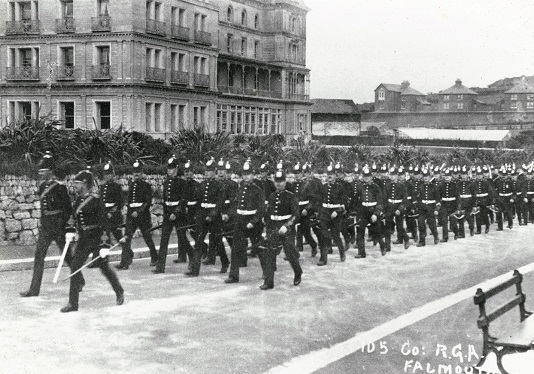
9 - 105 Company Royal Garrison Artillery marching by the Falmouth Hotel
105 Company
Royal Garrison Artillery marching along the seafront. Rear Admiral Sir John S.
Luard who headed the Naval Base at Falmouth stayed at the hotel until the end
of the War.
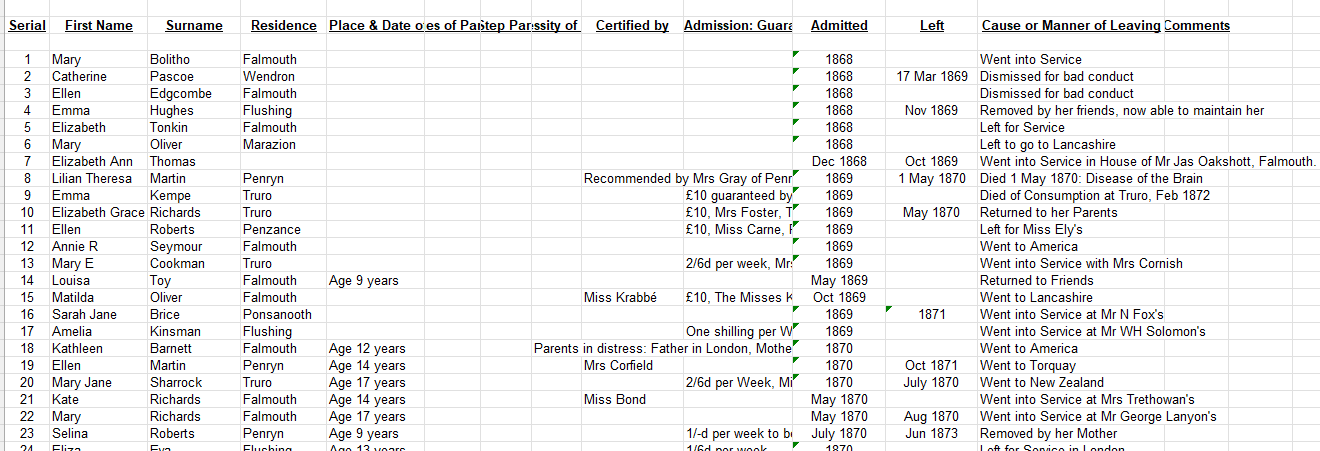

 Calendar
Calendar